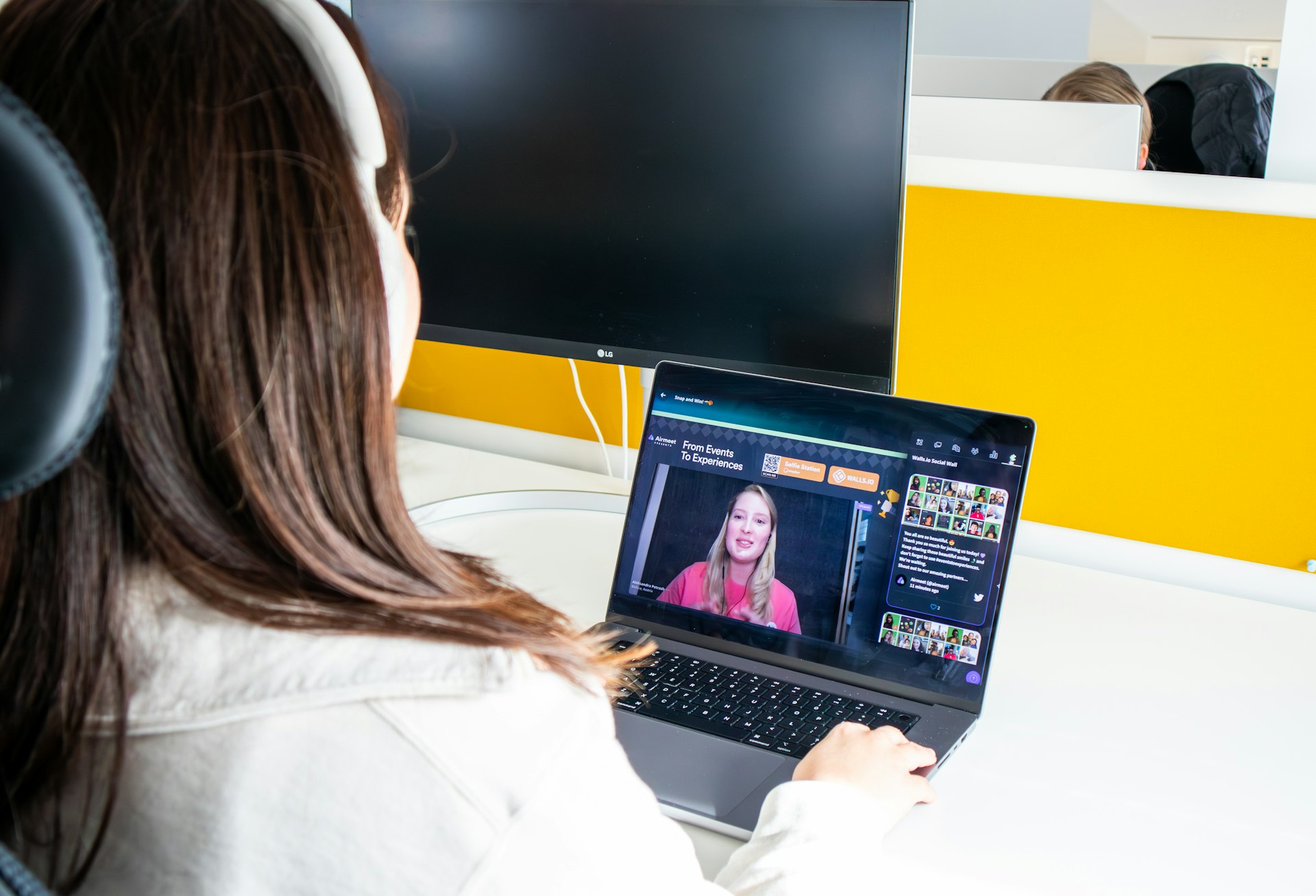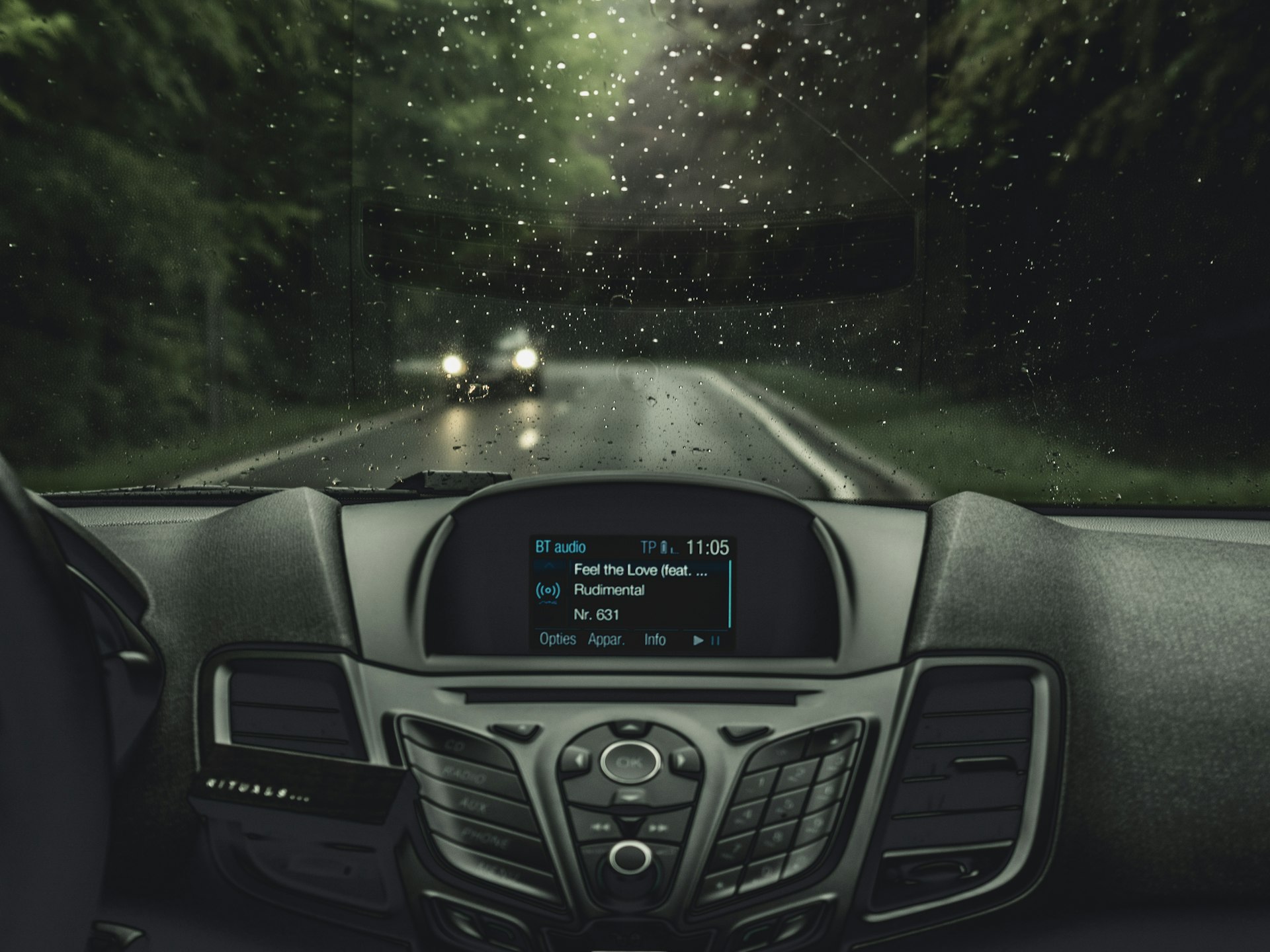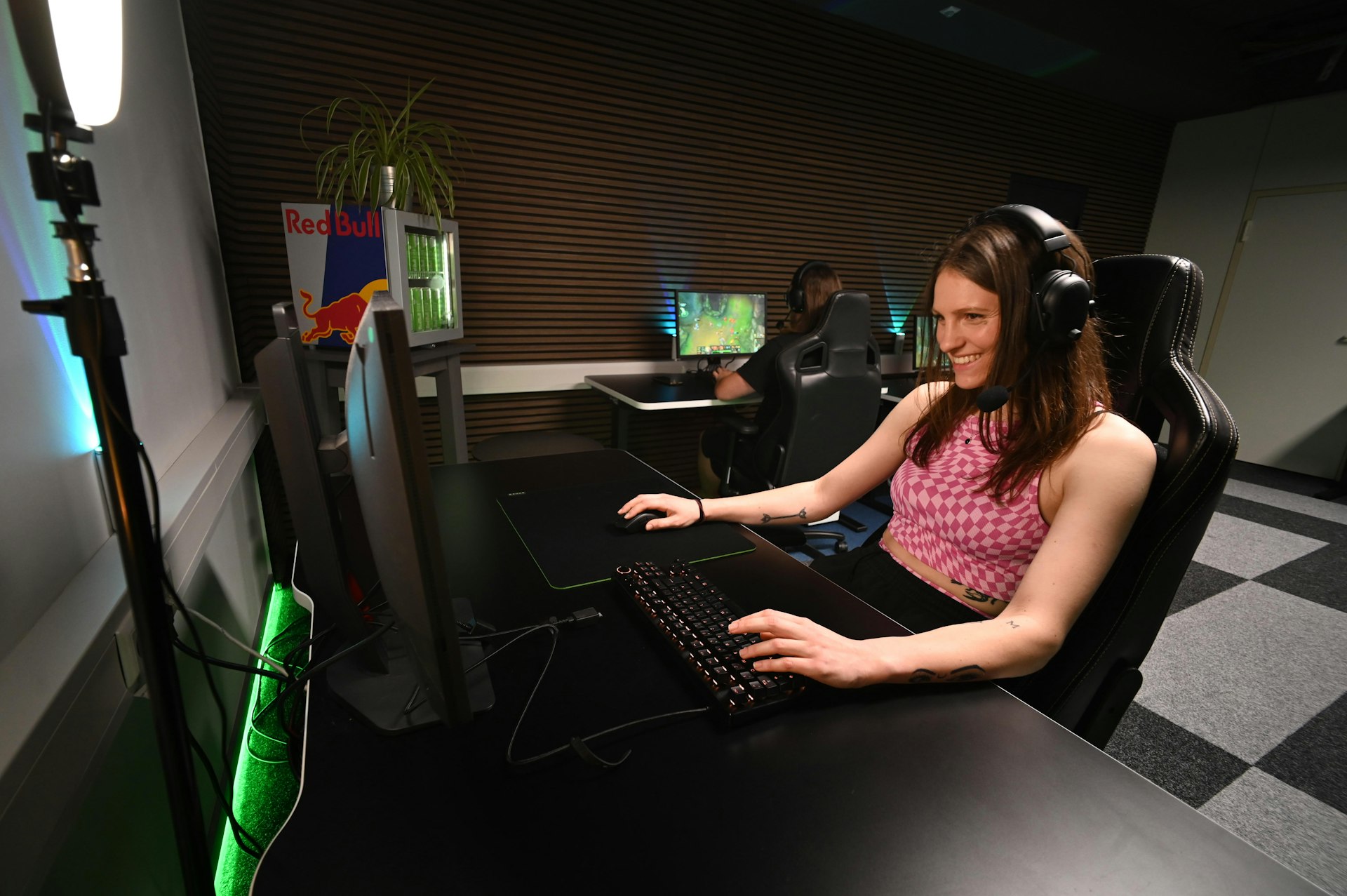How Computer Vision Powers Autonomous Systems: Safe, Smart, and Efficient Mobility

Photo by Alex Woods on Unsplash
Introduction: The Foundation of Autonomous Intelligence
Computer vision is a cornerstone technology that enables autonomous systems such as self-driving cars, drones, and robotics to perceive and understand their environment. By processing visual data from cameras and sensors, computer vision allows machines to make informed decisions and operate safely with minimal human intervention. This article explores the comprehensive role of computer vision in autonomous systems, providing actionable insights for businesses, technology leaders, and enthusiasts.
Core Applications of Computer Vision in Autonomous Systems
Autonomous systems rely on computer vision to interpret real-world data, perform complex tasks, and ensure safety and reliability. Below, we detail the most critical functions and practical applications:
1. Object Detection and Classification
Computer vision enables autonomous vehicles and robots to identify and classify objects in their surroundings-such as pedestrians, vehicles, animals, and obstacles-using advanced algorithms and convolutional neural networks (CNNs). By analyzing real-time data from cameras, the system can determine the size, position, and movement of objects, allowing for safer navigation and collision avoidance. This capability is essential for both urban and highway environments, where recognizing dynamic and static objects helps prioritize safety and optimize traffic flow. For example, distinguishing between a cyclist and a stationary sign ensures appropriate vehicle response, reducing accident risk and supporting smooth operations for fleets and logistics companies. [1]
2. Lane Detection and Tracking
Lane detection is vital for maintaining proper positioning and navigation. Computer vision systems analyze road markings, adapt to faded lines, and handle temporary disruptions like construction zones. The system monitors the vehicle’s position within each lane, enabling real-time adjustments to avoid veering off course or crossing into adjacent lanes. This functionality enhances safety by reducing risks related to lane departure and supports features like hands-free driving modes. Businesses benefit through improved fleet uptime, reduced accident rates, and more reliable delivery schedules. [2]
3. Traffic Sign and Signal Recognition
Autonomous systems must obey traffic rules and signals. Computer vision technologies detect and interpret traffic signs (e.g., speed limits, stop signs) and traffic lights by analyzing shape, color, and context. Trained models classify each sign and signal, guiding the system to make appropriate decisions-such as stopping or yielding. This application ensures compliance with regulations and enhances user safety, particularly at intersections and complex junctions. [3]
4. Low-Light and Adverse Condition Navigation
Computer vision adapts to low-visibility scenarios, such as nighttime driving or fog. By integrating LIDAR, HDR sensors, and thermal cameras, autonomous systems can create high-quality images and maintain situational awareness even when traditional cameras struggle. This improves safety for night driving and adverse weather, allowing vehicles to detect obstacles and road boundaries that may not be easily visible. [3]
5. Depth Estimation and Mapping
Depth estimation enables autonomous systems to understand the three-dimensional layout of their environment. Computer vision combines data from multiple sensors-such as cameras, LiDAR, and radar-to generate 3D maps. These maps are essential for path planning, obstacle avoidance, and precise maneuvering in dynamic settings. Depth perception is particularly useful for tasks like parking, merging onto highways, and navigating crowded urban environments. [4]
Implementation Strategies: Building Reliable Vision Systems
To harness computer vision in autonomous systems, organizations must follow a systematic approach. Here are step-by-step implementation guidelines:

Photo by Axel Richter on Unsplash
- Data Capture: Install high-resolution cameras and sensors around the vehicle or robotic platform. Ensure coverage for all critical angles and scenarios. Consider redundancy for reliability.
- Data Processing: Deploy onboard processors capable of handling large visual datasets in real time. Use optimized algorithms for shape, motion, and pattern recognition.
- Semantic Segmentation: Break down visual scenes into distinct objects (e.g., traffic lights, humans, lane markings) for classification and prioritization.
- Decision-Making Algorithms: Integrate machine learning models to interpret recognized objects and determine appropriate actions-such as stopping, turning, or accelerating.
- Physical Actuation: Link decision outputs to vehicle controllers or robotic actuators to execute maneuvers safely and efficiently.
Organizations should invest in regular system updates, continuous data collection for model training, and robust cybersecurity protocols to safeguard against threats.
Real-World Examples and Case Studies
Leading automotive manufacturers and technology firms have successfully embedded computer vision into their autonomous platforms:
- Self-driving cars from companies like Tesla, Waymo, and GM Cruise use computer vision for pedestrian detection, lane keeping, and adaptive cruise control. These systems continuously learn from billions of miles driven, refining their ability to handle diverse conditions. [5]
- Logistics fleets deploy autonomous delivery vehicles equipped with vision systems to navigate warehouses, city streets, and customer locations, improving operational efficiency and reducing labor costs.
- Drones utilize computer vision for obstacle avoidance, visual tracking, and precision landing, supporting applications in agriculture, construction, and emergency response.
Potential Challenges and Solutions
Despite significant advances, several challenges remain:
- Sensor Limitations: Cameras may struggle with glare, darkness, or obstructions. Solution: Combine multiple sensor modalities (e.g., LiDAR, radar) for robust redundancy.
- Data Complexity: Real-world environments are unpredictable and constantly changing. Solution: Train models on diverse, representative datasets and regularly update algorithms.
- Regulatory Compliance: Autonomous systems must meet strict safety standards. Solution: Collaborate with industry bodies and government agencies to stay informed about evolving regulations and best practices.
- Cybersecurity: Vision systems are vulnerable to malicious attacks. Solution: Implement multilayered security protocols and regularly audit software and hardware components.
Alternative Approaches and Future Trends
While computer vision is central to autonomous systems, alternative and complementary technologies are gaining traction:
- Sensor Fusion: Integrating data from cameras, LiDAR, radar, and ultrasonic sensors creates a more comprehensive understanding of the environment and improves reliability. [4]
- Edge Computing: Processing data locally (on the device) reduces latency and enhances decision-making speed, especially in critical scenarios.
- Collaborative Data Sharing: Autonomous vehicles can share real-time data with each other to improve situational awareness and traffic management.
How to Access and Implement Computer Vision Solutions
For organizations and individuals interested in deploying computer vision for autonomous systems, consider these actionable steps:
- Engage with established technology vendors and automotive companies offering commercial vision platforms. Research and compare solutions based on safety performance, scalability, and compatibility.
- If your use case is custom or experimental, consult with academic institutions or research labs specializing in computer vision and autonomous systems. Many universities have open-source projects and testbeds for prototyping. For a list of current academic research and publications on computer vision in autonomous systems, visit reputable databases like IEEE Xplore or arXiv and search for ‘computer vision in autonomous vehicles.’
- Stay updated on regulatory requirements by visiting official transportation agency websites and monitoring industry news. You can search terms like ‘autonomous vehicle safety standards’ or ‘computer vision regulations’ for guidance.
If you require technical support or want to partner with a solution provider, consider reaching out to industry associations such as the Society of Automotive Engineers (SAE) or the Association for Unmanned Vehicle Systems International (AUVSI). Search for their official contact information and membership resources online.
Summary: Unlocking Safe, Smart, and Efficient Autonomy
Computer vision is transforming autonomous systems by providing essential capabilities for safe navigation, real-time decision making, and enhanced operational efficiency. As research and development progress, the technology will continue to evolve, offering new opportunities for businesses, municipalities, and consumers. Whether you are planning a pilot program, upgrading your fleet, or exploring new markets, understanding and leveraging computer vision is critical for future success.
References
- [1] Lumenalta (2023). 9 Applications of Computer Vision in Autonomous Vehicles.
- [2] Technolynx (2024). 10 Applications of Computer Vision in Autonomous Vehicles.
- [3] MosChip (2023). How Computer Vision Propels Autonomous Vehicles from Concept to Reality.
- [4] Dong & Cappuccio (2023). Applications of Computer Vision in Autonomous Vehicles: Methods, Challenges and Future Directions.
- [5] TaskUs (2024). The Role of Computer Vision for Smart and Safe Autonomous Vehicles.
MORE FROM gowithdeal.com













